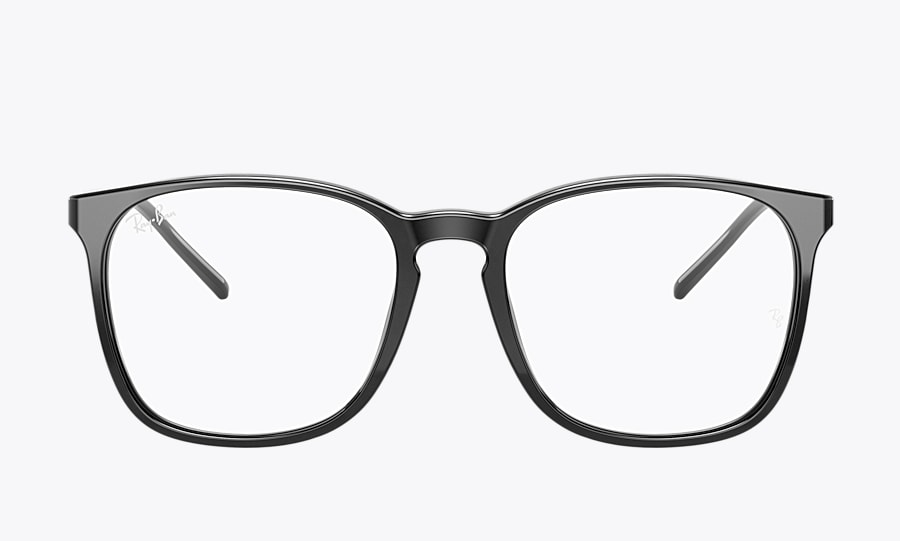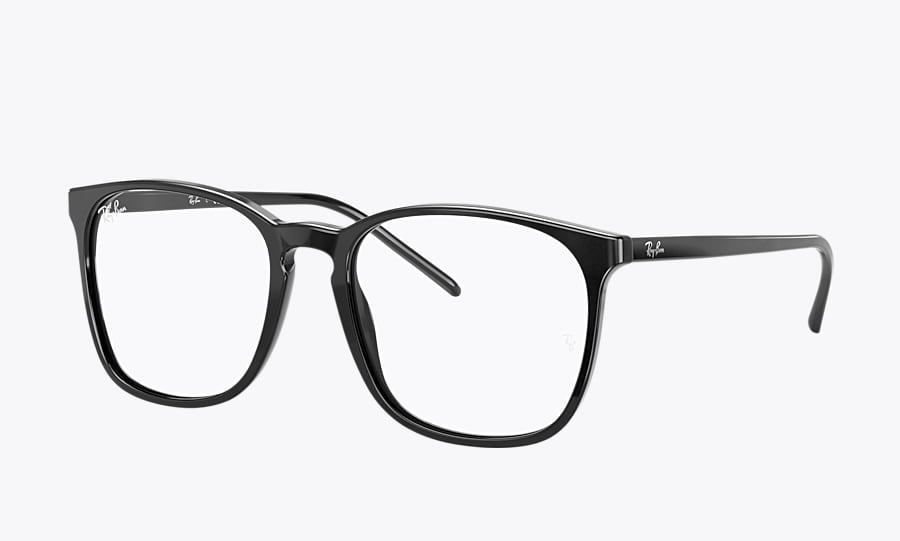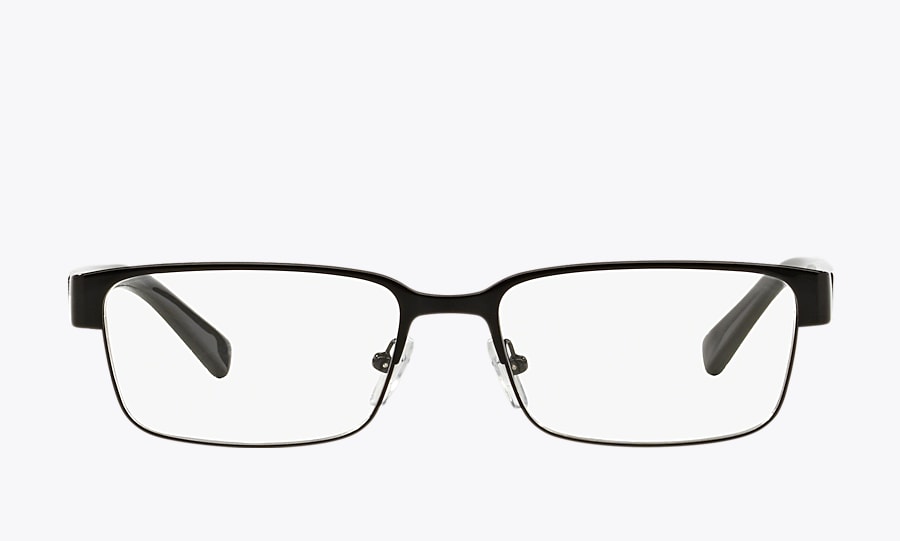
Glasses frames materials commonly include plastic lenses, but what is the reason behind their widespread use?
They're typically more pleasant to wear because they're lighter than conventional glass lenses used in eyeglasses. Applying lens coatings like anti-glare to plastic lenses is also simpler. They are also more resistant to scratches and impact.
What are lenses for glasses made of?
Glasses materials for lenses come in four types of plastic: polyethylene, Trivex, polycarbonate, high-index polymers, and glass.
Plastic eyeglasses and sunglasses lenses
Standard plastic lenses consist of the plastic compound CR-39. CR-39 stands for "Columbia Resin #39," the 39th plastic produced by Columbia Resin, the business that created the polymer.
Then there are glasses lenses made of polycarbonate. Polycarbonates, a synthetic plastic first developed in the 1890s, reached new heights when used in the aerospace industry. A fantastic material for optical (glasses) lenses is polycarbonate, a form of plastic that can be made transparent and easily molded. They are also impact-resistant, making them a fantastic option for children (or adults!) prone to accidents. Trivex glasses lenses are impact-resistant urethane-based pre-polymer plastic, much like polycarbonate. Trivex and polycarbonate lenses are equally impact-resistant and completely UV-protective.
High-index polymers come last. This kind of lens polymer frequently contains sulfur. These lenses have a greater refractive index thanks to the atoms of this strong element, which results in a narrower lens. Despite their smaller size, high-index lenses are heavier due to the higher density of the plastics used to manufacture them.
Glass eyeglasses lenses
Why do some individuals still wear glass lenses if plastic lenses are the norm for glasses? To begin with, each lens works best for a particular purpose. There isn't a single ideal corrective lens even if lens technology has improved. Glass lenses for prescription eyeglasses or sunglasses have a better index range, which is a key benefit. Most people don't care about this, especially those who rarely or never use prescription drugs. For those who wear glasses with really high prescriptions, it does matter. You can get thinner lenses with less distortion when using lenses made of mineral glass.
Glass lenses, especially mineral glass lenses, also have the advantage of being tougher, which makes them more scratch-resistant. Why then, do glasses lenses not consist of glass? The main reasons are the weight, fragility, and production challenges associated with glass lenses. Depending on the index and manufacturer, different types of glass, such as borosilicate, are used to make glass eyeglass lenses.
What are glasses frames made of?
Although many composite materials and formulas make up the elements of glasses frames, the two main categories are; metals, like titanium or carbon fiber, and plastics such as zyl and nylon.
Plastic glasses frames
There are several designs and substance alternatives for plastics. One of the most imaginative and practical possibilities, this material can easily be colored, laminated, patterned, or even layered with fabrics. Zyl and propionate are the two most widely used plastic frame materials. Zyl, also known as cellulose acetate, is the most used, and it comes in every hue under the sun. The second popular substance is propionate - a hypoallergenic plastic with a nylon foundation. It feels and looks different from other plastics, and it is lightweight.
Pros: Easily shaped into the trendy wraparound styles of today.
Cons: The fit of plastic frames can be problematic. Not easily adjustable, so make sure the fit is correct.
Titanium frames
Core wires, eyewear joints, and other items are frequently made of titanium, which has a high strength-to-weight ratio. Titanium is widely available because it is the seventh most abundant industrial element in the earth's crust. A lightweight material that easily forms distinctive shapes and colorations, it has gained popularity in the eyewear sector.
Pros: Titanium frames are corrosion-resistant, lightweight, strong as steel, and hypoallergenic.
Cons: Compared to other materials, this one is more pricey. Consider the distinction between "pure titanium" and "titanium alloy" with caution.
Carbon fiber frames
A new generation of reinforcing fiber known as "black gold" is carbon fiber. Aluminum has a lower mass than metal, but steel is stronger. It also has high strength and corrosion resistance qualities, making it a valuable material for military and civilian applications.
Pros: Carbon fiber glasses are more lightweight and more resistant to impact and regular wear and tear
Cons: Since carbon fiber materials are more expensive to produce, carbon fiber eyewear can be more pricey.
Nylon fiber frames
One of the most popular materials for sports eyewear is nylon fiber. Nylon fiber frames have several key characteristics that set them apart from other materials, including their resistance to heat and cold, flexibility, and ease of shaping into the shape of sports performance glasses. Unlike other materials, nylon fiber frames are simple to produce in a variety of different colors.
Pros: Nylon is durable, light, flexible, and easy to produce, making them ideal for cheaper lenses.
Cons: Nylon can become brittle over time and susceptible to damage.
What is the best material for glasses?
The best material for glasses depends on what factors are most important for you. If you are looking for a pair of glasses that will stand the test of time, metal-based frames may be the right material for you.
A plastic frame may be a better option if you're looking for style and price, as they are relatively easy to manufacture, can be customized, and are generally less expensive.



















